Now let’s take a break from all the human mess.
There is a world that we do not feel, but that we see every day. A world that we think cannot speak, be listened to, or be conscious. Something that we have always underestimated, but which decorates our homes. These are the plants, living beings that we have never known, much less understood in their complexity.
We always take for granted that a reality we cannot perceive with our five senses does not exist.
It is interesting to know which and how many beings live on Earth. Plants make up 85% of all the living mass of this planet. Then the animals come, with 0.3% and only afterwards human beings. A meagre 0.06%.
Here’s a question to ask: how did 85% of life on Earth develop and survive for hundreds of millions of years without being aware of themselves and of what surrounds them?
We humans never had a great regard for plants. In 1510 they made a ranking of living beings on Earth.
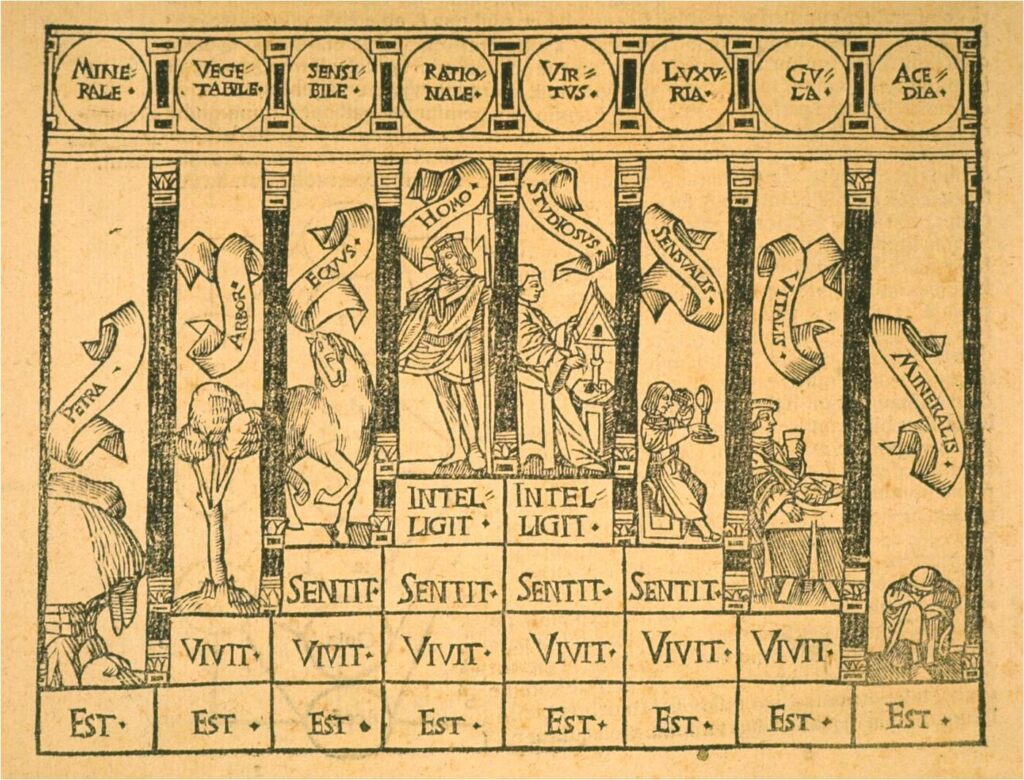
On this table the plants are in the penultimate place. After the stones. Therefore they exist and live. Nothing else. At the peak, however, is the scholarly man, who exists, lives, feels and is intelligent. The pinnacle of evolution, it seems.
Of course, this table is out-dated, but our perception of the plant world has not changed much.
Fundamentally, the problem is that we don’t know about this reality, and when you don’t know something you can’t even recognise its extraordinariness.
Let’s start by saying that if there were no plants, there would be no life on this planet. If all the plants disappeared, the Earth would become a big ball of rock, like Mars. Thanks to them, however, the Earth is blue, white and green.
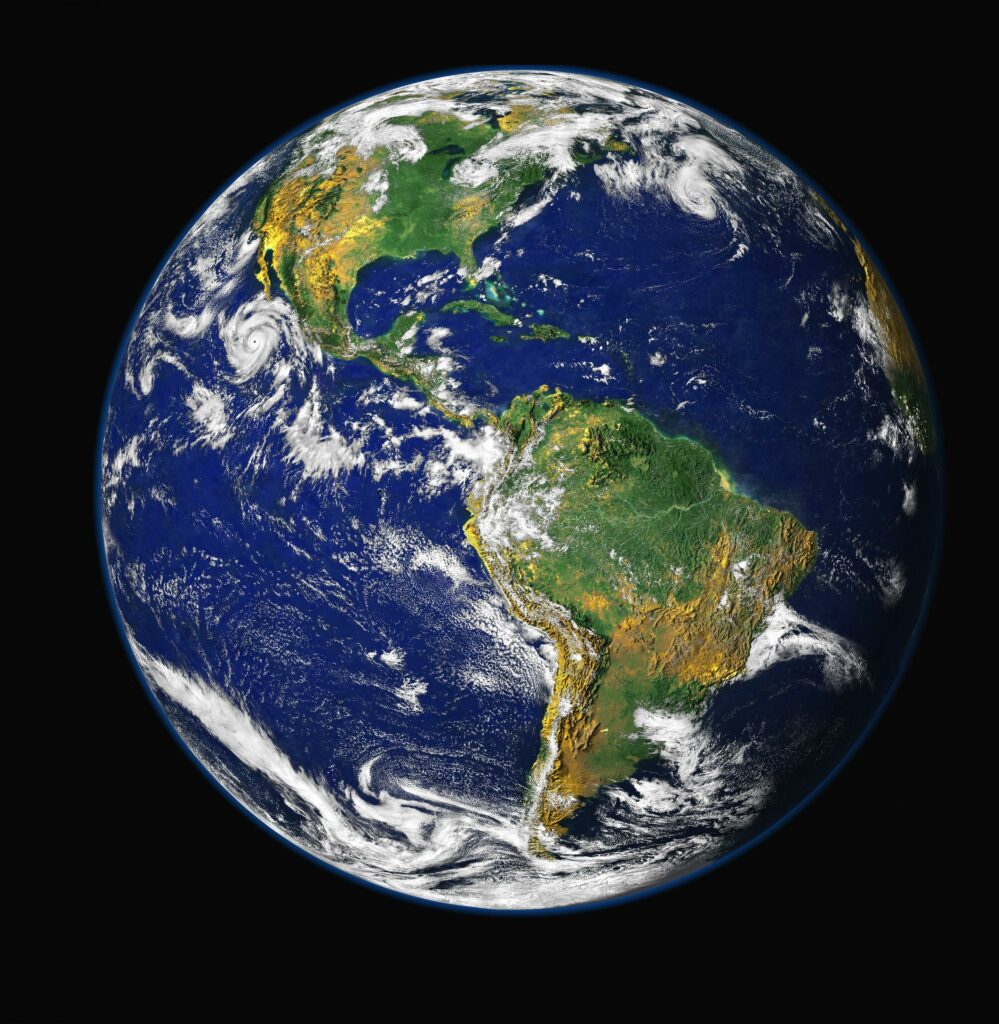
In addition, the oxygen and food that animals and humans consume are produced exclusively by plants. Therefore, without plants, no living thing could survive. Including each and every one of us.
But why can’t we recognise the importance of plants? Sometimes we don’t even notice their presence.
If we show these pictures to people and ask what they can see…
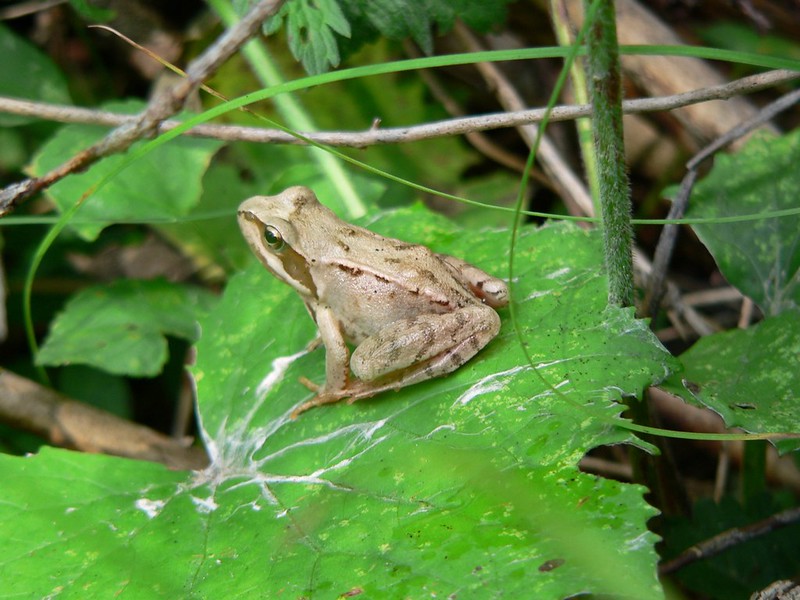
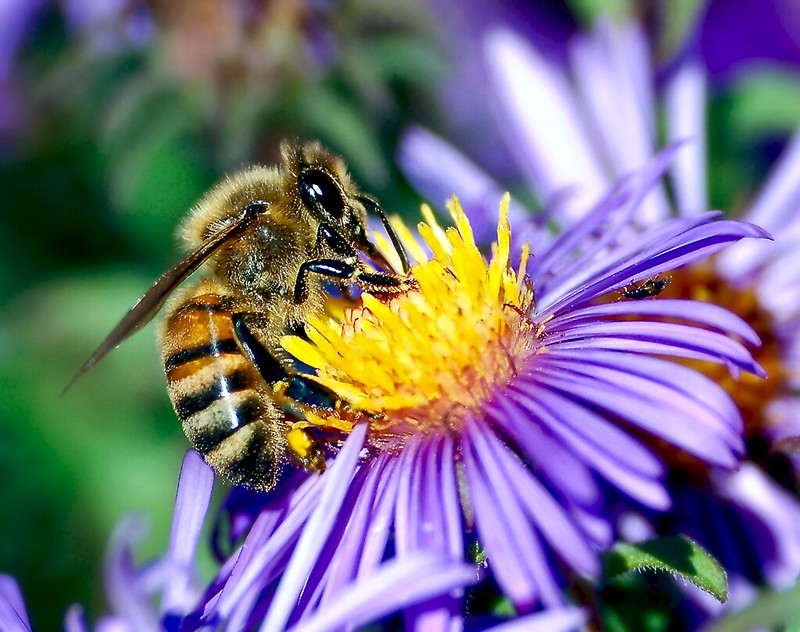
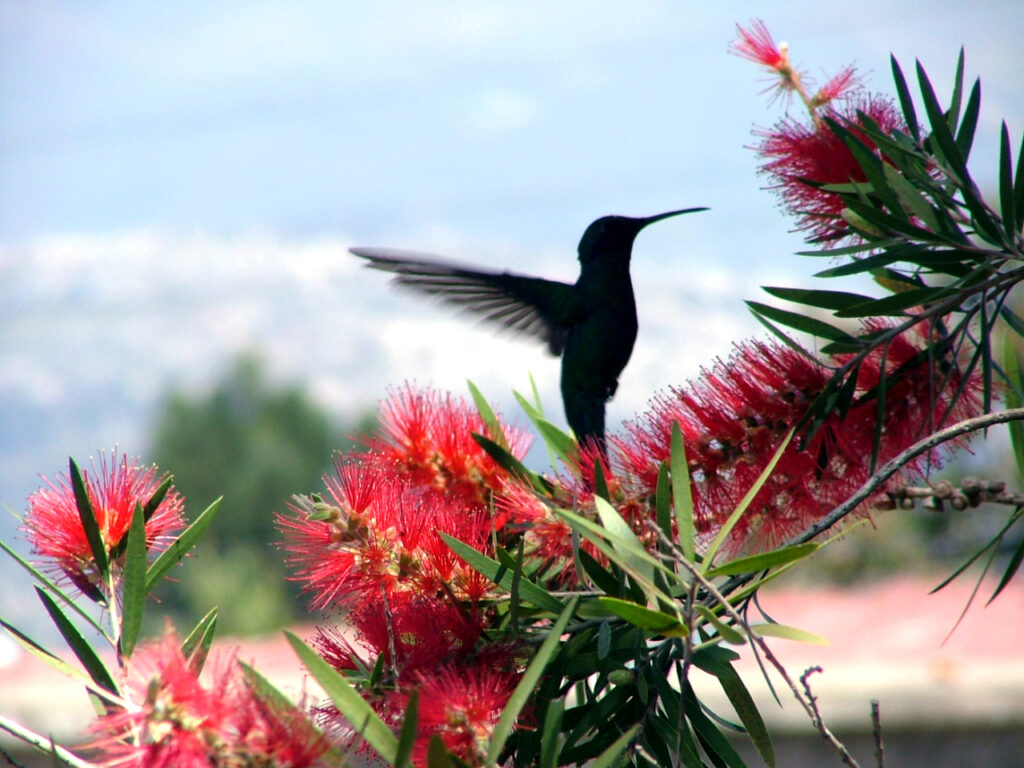
… 94% of respondents will answer a frog, a bee and a hummingbird. Very few will cite the plants in the photos (according to Prof. Mancuso’s experiment). Even in cave paintings, the drawings made by prehistoric people represent animals and men, never plants. What about the Bible? When Noah has to save living beings from the flood, he only puts pairs of animals in the ark. Too bad that without plants no one could survive on Earth.
This lack of attention towards plants has a very specific cause and it is called plant blindness.
Through the eyes 1.5 GB of information enters our brains per second, but our brains can process only 300 MB of it, so it takes information that it doesn’t consider important and “throws it away.”
When we had to defend ourselves from predators, it was more important to focus on an animal or another man, not on a plant that was peaceful and not dangerous. So we learnt not to take it into account, and over time we assumed that plants are something inferior, just because they don’t move like us or don’t look like us.
Yet it is the living being that keeps everyone alive on Earth.
Since humans tend to understand only what looks like them, it would be helpful to make an
account of what unites and differentiates plants from human beings or animals. Is 0.06% of the planet really smarter than the remaining 85%?
This needs clarification: in order to write this article and immerse myself in a world that until now I could only imagine, a world more fascinating than what we can see with our eyes, I was helped by a professor of neurobiology, Stefano Mancuso, who through his studies showed us a reality that we had always refused to see.
I recommend you also to look at the videos posted below, because he explains the plants better than I do.
The biggest difference: we move, the plants are rooted in the earth
Why are plants and animals/humans so different? They can’t run away like us, so they had to develop ploys to solve problems similar to ours, but staying on the spot. This is the basic difference that divides the animal world from the plant. While plants have to deal with problems because they can’t move, we who can move, we go around them. Simple strategic differences.
The body of the Plants
We humans or animals are individuals, which means “not divisible“. Everything has to be attached to the body, if not we die.
A plant doesn’t. You can remove 90% of her body and she will live on. You can chop her into a thousand pieces, but she can still breathe.
Humans and animals have a body with organs inside, each with a very specific vital function, so that when they move they can carry them with them.
But imagine if a body rooted in the earth had individual organs. Organs are weak points capable of endangering the entire “body system”. A small hole made by a caterpillar would kill an entire plant. Reason why they have no organs, but that doesn’t mean they lack senses and vital functions.
Plants have developed another type of system. Of the “receptors” that are found throughout the body, able to interact at the same time with each other: plants see, feel, breathe and reason with the whole body.
If they have survived for millions of years in the majority, it can be said that their system works very well.
The movement plants
The human eye can’t sense the movement of plants. They don’t need to move as fast as we are, so we can’t pick up their individual movements. Luckily the cinematography filled our lack with the Timelapse that allowed us to observe the movements of the plants. These are the videos that prove it:
Plants not only move, but do so with conscience.
Plants have no eyes, but they have self-awareness and what they have Around. If you put a support next to a bean plant, this will start swinging to perceive what’s around it. He’s going to make a hook with his leaves and you will cling on, but only if no other plant has arrived before She.
The experiment below shows this very clearly.
Anesthetics have the same effects on plants as they have on animals and humans
Plants can defend themselves without escaping
Plants have a thousand strategies to protect themselves from predators. If a caterpillar begins to eat its leaves, the plant emits odors, which will attract the enemy of the insect that is eating it. When you say “the enemy of my enemy is my friend.”
Click on the third video of the following
Plants Attract Parasitic Wasps to Defend Themselves against Insect Pests by Releasing Hexenol
Plants feel
Humans can listen to good music, or a nice speech. Plants, on the other, can feel something that humans cannot, for example the physical and chemical parameters of the environment: they can feel gravity, light, humidity, electric fields, magnetic fields, PH, salinity, water. This allows him to understand what’s going on around him, without needing organs like us. The parameters are perceived at the same time by each individual root system.
Parental care
These are the behaviors that the parent assumes towards the child in order to make him survive when he is still not self-sufficient. Like a lioness mom teaching the little boy to hunt. The plant world also assumes these sets of behaviors.
Plants take light and turn it into chemical energy, which it will use to survive. But how does a map in a dark forest live without being able to reach the light, because it is still too small? All the “relative” plants around him will provide him with the necessary to survive through the roots. Like when a mom breastfeeds her baby.
Plants can actually take care of their offspring
Do plants have neurons?
Plants don’t have neurons. Yet plant epidermal cells, just like neurons, are able to produce and transmit electrical signals. Cells that are scattered throughout the body.
Research progress on electrical signals in higher plants
Plants give us life, make us survive and make us happier
After numerous studies it has been found that in city neighbourhoods there is a direct relationship between the amount of green and public order: the less green it is present, the more crimes against the person, mental health problems and suicides. Other studies have measured the stress parameters while driving: the moment you enter a tree-lined boulevard all the stress parameters are lowered, people calm down, drive more slowly and accidents decrease.
To make an epilogue, we can define plants as intelligent because they have the ability to recognize and solve problems, and conscious because they have knowledge of themselves and what surrounds them. Plants are proof that you don’t necessarily need neurons to have intelligence, perform calculations and have behaviors.
Let us never forget that arrogance is the first killer of intelligence.
One great man said,”let’s see what we know, what we don’t know we don’t know.”
Be less sure of your beliefs.
Translated by Adrian Waters
~
Sources
Look for Stefano Mancuso in the search engine.
https://www.lifegate.it/persone/news/plant-revolution-stefano-mancuso
https://scienze.fanpage.it/cosa-succede-se-mettiamo-l-anestetico-nelle-piante/
https://biology.uncg.edu/labs/lacey/Lacey&Herr,AJB.pdf
https://esajournals.onlinelibrary.wiley.com/doi/abs/10.1890/0012-9658(1998)079[1657:PPCCNE]2.0.CO;2
https://www.researchgate.net/publication/278648417_Electrical_Signals_in_Plants_Facts_and_Hypotheses
